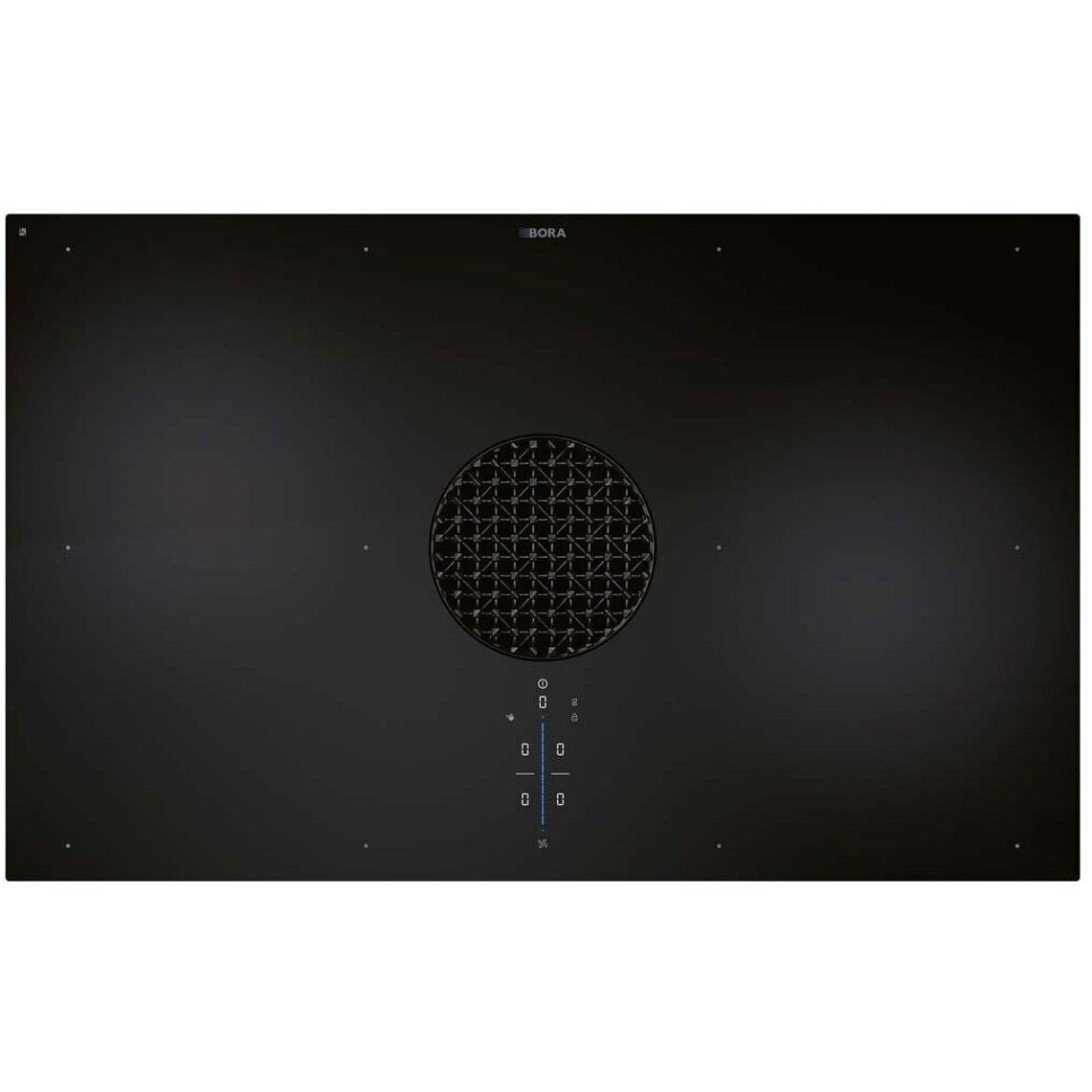Self-Contained Induction Hob Test: A Comprehensive Overview
Induction cooking has actually risen in popularity thanks to its efficiency, speed, and safety functions. Among the myriad of choices on the market, self-contained induction hobs have actually become a quintessential option for both home cooks and cooking specialists. Induktionskochfeld Autark Test delves deeply into self-contained induction hobs, detailing how to test their efficiency, benefits, disadvantages, and responses to regularly asked questions.
What is a Self-Contained Induction Hob?
A self-contained induction hob is a cooking home appliance where the heating element is integrated within the unit. Unlike conventional methods that use flame or electric coils, induction cooking resolves electromagnetic energy, straight warming pots and pans while keeping the surface area cool. These hobs are popular for domestic use due to their compact size and ease of setup.
Key Features of Self-Contained Induction Hobs
- Effectiveness: Induction hobs utilize about 90% of the energy produced, compared to gas and electric cooktops, which just convert about 40%-55% of their energy.
- Speed: They can warm pots and pans in a matter of seconds, cutting cooking times considerably.
- Safety: The cooking surface remains reasonably cool, minimizing the possibility of burns and making them more secure for homes with kids.
- Accuracy: Induction hobs offer exact temperature level control, permitting accurate cooking.
A Closer Look at the Test Procedures
To correctly examine a self-contained induction hob, a series of tests can be carried out to evaluate its efficiency, security, and performance. Below is a summary of the crucial screening procedures.
Evaluating Procedures for Self-Contained Induction Hobs
| Test Type | Purpose | Method |
|---|---|---|
| Efficiency Test | Procedures heating up speed and temperature control | Use a digital thermometer to determine heat-up time and temperature consistency |
| Energy Consumption Test | Evaluates energy efficiency | Utilize a watt meter to determine energy consumed throughout different cooking phases |
| Safety Test | Examines overheat protection and automobile shutdown features | Run the hob continually at optimum settings and display for safety protocols |
| Ease-of-Use Test | Takes a look at the interface and control responsiveness | Assess the ease of access to settings, responsiveness of touch or dial controls |
| Compatibility Test | Determines which cookware types work effectively | Test different cookware products (cast iron, stainless steel, and so on) for magnetic induction compatibility |
Performance Testing in Detail
Carrying out an extensive performance test involves measuring and taping specific parameters:
- Heat-Up Time: Time considered the hob to bring a liter of water to a specified temperature level (e.g., boiling point).
- Temperature Stability: The ability to preserve a constant temperature level throughout cooking.
- Action Time: The time it takes the hob to react to temperature modifications.
Example Data Collection
| Test Instance | Heat-Up Time (seconds) | Temperature Stability ( ° C) | Response Time (seconds) |
|---|---|---|---|
| Instance 1 | 45 | 90 | 3 |
| Circumstances 2 | 48 | 88 | 2.5 |
| Instance 3 | 47 | 89 | 3.5 |
Benefits and Drawbacks of Self-Contained Induction Hobs
Benefits
- Energy Efficiency: A significant decrease in energy use compared to standard sockets.
- Speed: Faster cooking times can cause improved meal preparation.
- Easy Cleaning: The smooth surface area enables for effortless cleaning, typically just requiring a simple wipe down.
- Portable Options: Many self-contained induction hobs are compact and light-weight, ideal for small cooking areas or even outside cooking.
Disadvantages
- Cookware Compatibility: Requires specific magnetic pots and pans, which might necessitate an additional investment.
- Greater Initial Cost: Induction hobs can be more pricey than other cooking types.
- Power Supply Requirements: Some models demand devoted power sources that may not be available in every cooking area.
- Learning Curve: New users may need a period of change to master temperature control and cookware interaction.
FAQs about Self-Contained Induction Hobs
1. What types of cookware can be used with induction hobs?Induction hobs work with ferrous metals (magnetic pots and pans), consisting of cast iron and some stainless-steels. Aluminum and copper require a magnetic base.
2. Do induction hobs take in more energy than electric or gas hobs?No, induction hobs are generally more energy-efficient than both gas and conventional electric cooktops.
3. Are induction hobs safe for families with children?Yes, due to the cool surface and security features like automatic shutoff, they are usually more secure compared to gas hobs.
4. Can induction hobs be utilized for any kind of cooking?They are versatile and can deal with most cooking techniques, including sautéing, boiling, and frying.
5. What occurs if I try to utilize non-magnetic pots and pans?Non-magnetic pots and pans will not warm up on an induction hob, as the electromagnetic field needs magnetism to create heat.
Self-contained induction hobs provide a perfect service for modern-day cooking areas, combining safety, effectiveness, and speed. With the ideal screening protocols, cooking area users can examine numerous designs to find the best fit for their cooking needs. As pots and pans technology continues to evolve and energy effectiveness ends up being progressively main to home cooking, self-contained induction hobs will likely maintain their location as a popular option amongst house owners and expert chefs alike. Understanding their features and functionality helps customers make notified choices to elevate their cooking experiences.

